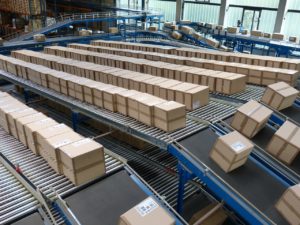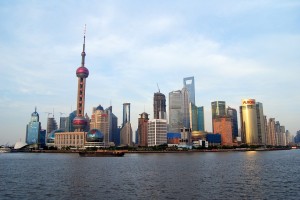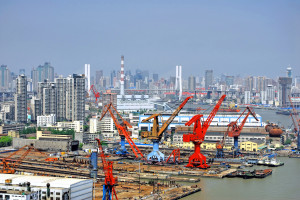There are several advantages to using a third-party logistics (3PL) company compared to running your own logistics and supply chain network:
Expertise: A 3PL company has specialized expertise in logistics and supply chain management, including transportation, warehousing, and inventory management. They have knowledge of best practices and can provide valuable advice and guidance.
Cost savings: Outsourcing to a 3PL company can be more cost-effective than building and maintaining your own logistics network. 3PLs have economies of scale, and they can negotiate better rates with carriers, warehouses, and other service providers.
Flexibility: A 3PL company can provide flexibility in managing your logistics and supply chain. They can adjust their services to meet your changing business needs, such as seasonal demand fluctuations or sudden changes in shipping requirements.
Scalability: A 3PL company can scale their operations to match your business growth, without requiring you to invest in additional infrastructure, resources, or personnel.
Focus on core competencies: Outsourcing logistics and supply chain management to a 3PL company allows you to focus on your core competencies and strategic goals, rather than being bogged down by operational details.
Access to technology: Many 3PL companies offer advanced technology platforms and tools, such as transportation management systems (TMS), warehouse management systems (WMS), and real-time visibility dashboards. These technologies can improve efficiency, reduce costs, and provide better visibility into your supply chain.
Risk mitigation: A 3PL company can help mitigate risks in your supply chain, such as loss, damage, theft, or delays. They can provide insurance, security measures, and contingency plans to ensure your products are safe and secure throughout the supply chain.
Regenerate response



